TECHNOLOGY
How to Prevent Advanced Artificial Intelligence Cyber Security Attacks

As artificial intelligence (AI) becomes more advanced and widespread, so do cyber security threats.
Hackers and cybercriminals are increasingly leveraging advanced artificial intelligence tools to create more sophisticated attacks, which makes it harder for traditional security measures to keep up. This means that organizations and individuals need to take extra steps to protect themselves from advanced AI cyber security attacks.
Here are some strategies that can help prevent AI cyber security attacks:
1. Use Artificial Intelligence to Fight Artificial Intelligence
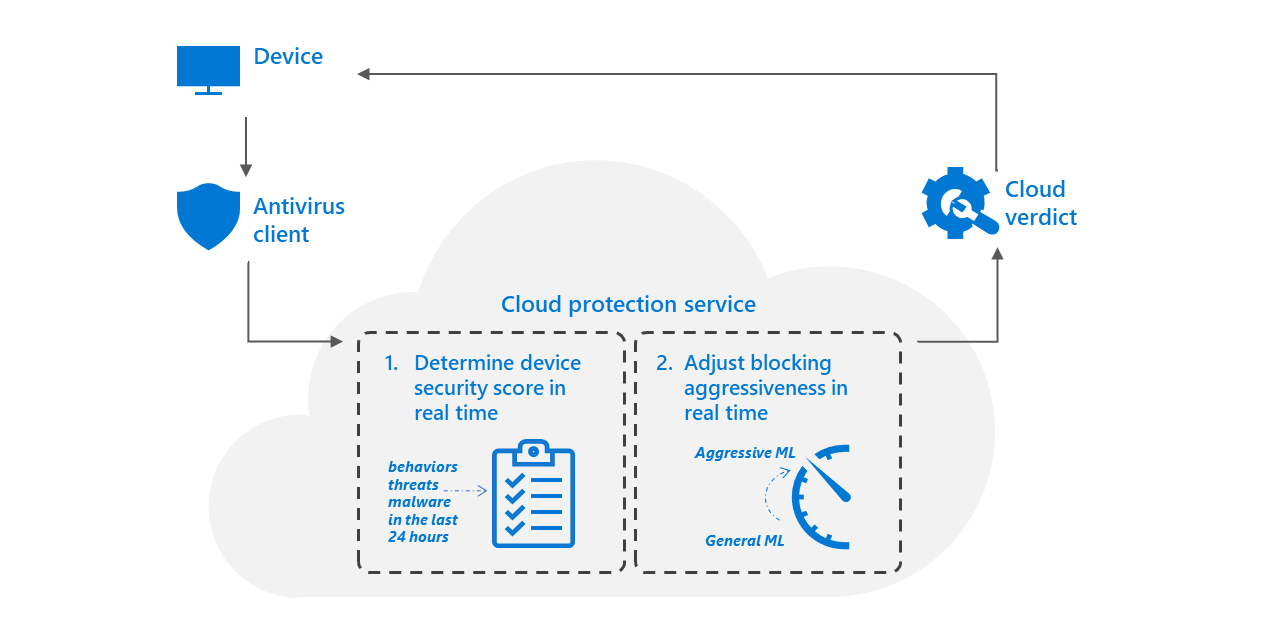
One way to combat advanced artificial intelligence cyber security threats is to use AI-based security solutions. AI-based solutions can help detect and mitigate threats more quickly and accurately than traditional security measures. They can also analyze large amounts of data and identify patterns that humans might miss. By using smart artificial intelligence solutions to fight AI attacks, organizations can stay ahead of cybercriminals and protect their systems and data.
2. Educate Employees
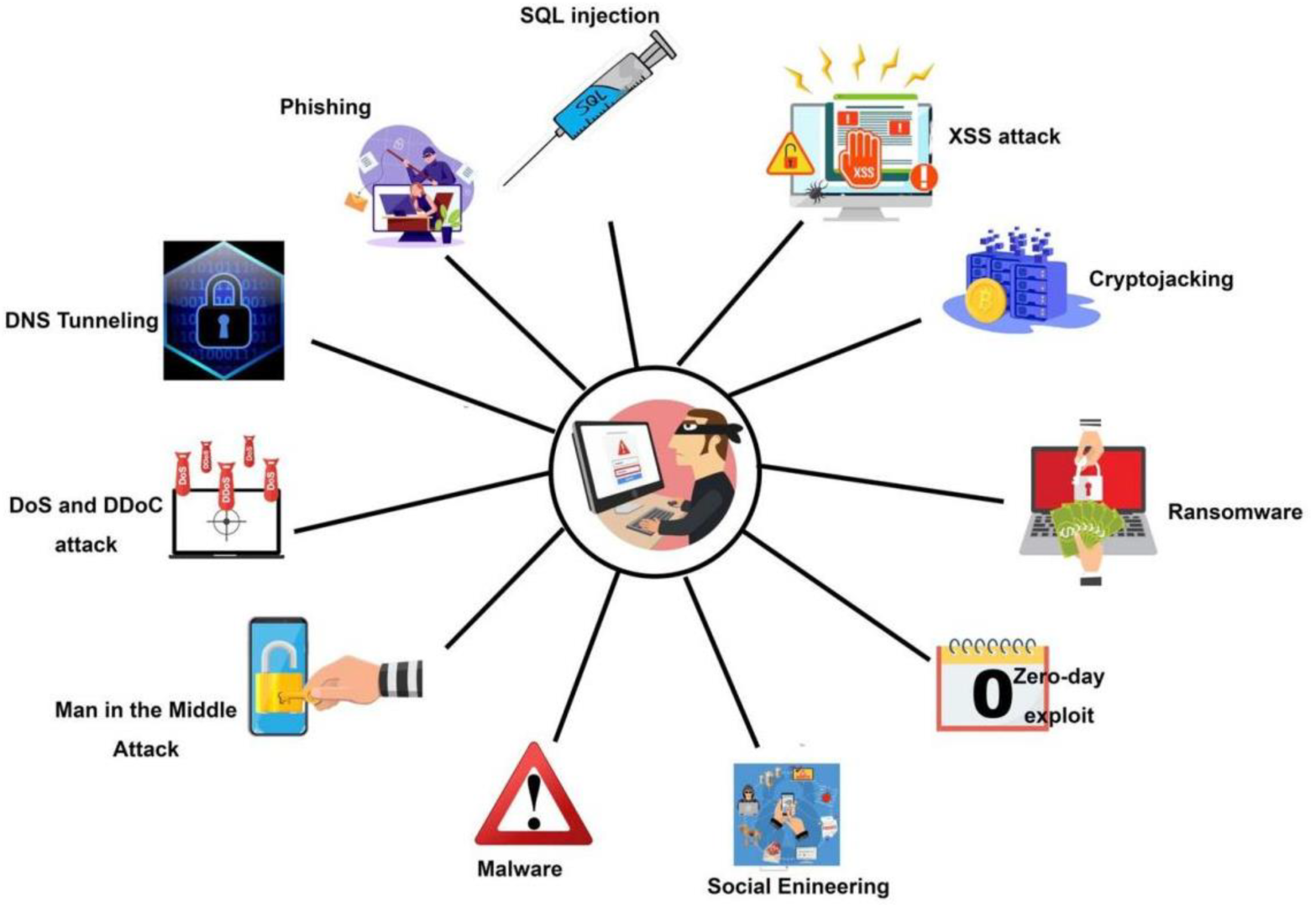
A major important strategy to prevent AI cyber security attacks is to educate employees about the risks and best practices. Many cyber attacks start with human error, such as clicking on a phishing email or using weak passwords. By training employees to recognize and avoid these common pitfalls, organizations can reduce their vulnerability to cyber threats. Employees should also be taught to report any suspicious activity or incidents to the IT department immediately.
3. Implement Multi-Factor Authentication
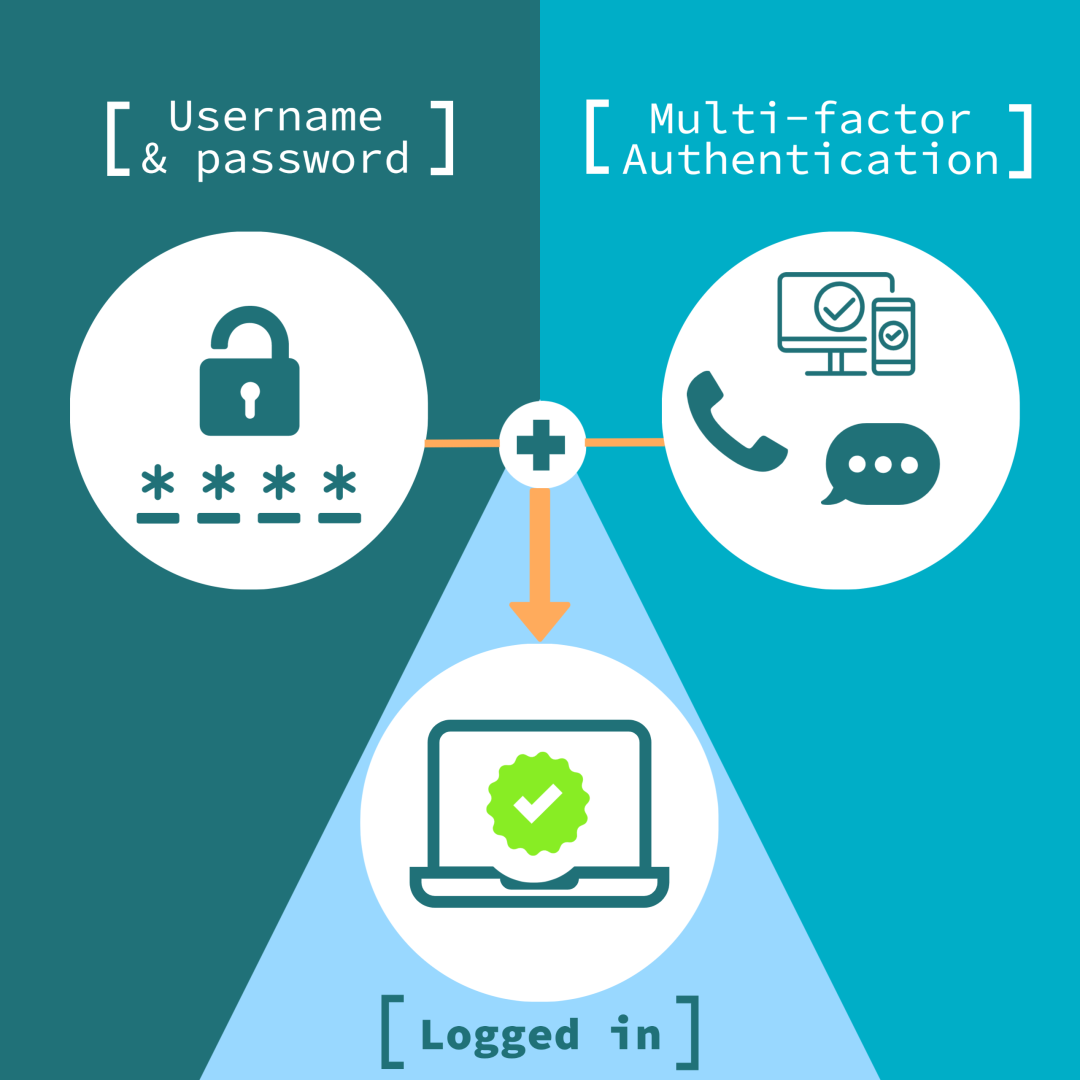
One of the most effective ways to prevent cyber attacks is to implement multi-factor authentication. This means requiring users to provide multiple forms of identification to access sensitive data or systems. For example, users might be required to enter a password and provide a fingerprint scan or facial recognition. Multi-factor authentication makes it much harder for hackers to gain unauthorized access to systems and data.
4. Regularly Update and Patch Systems
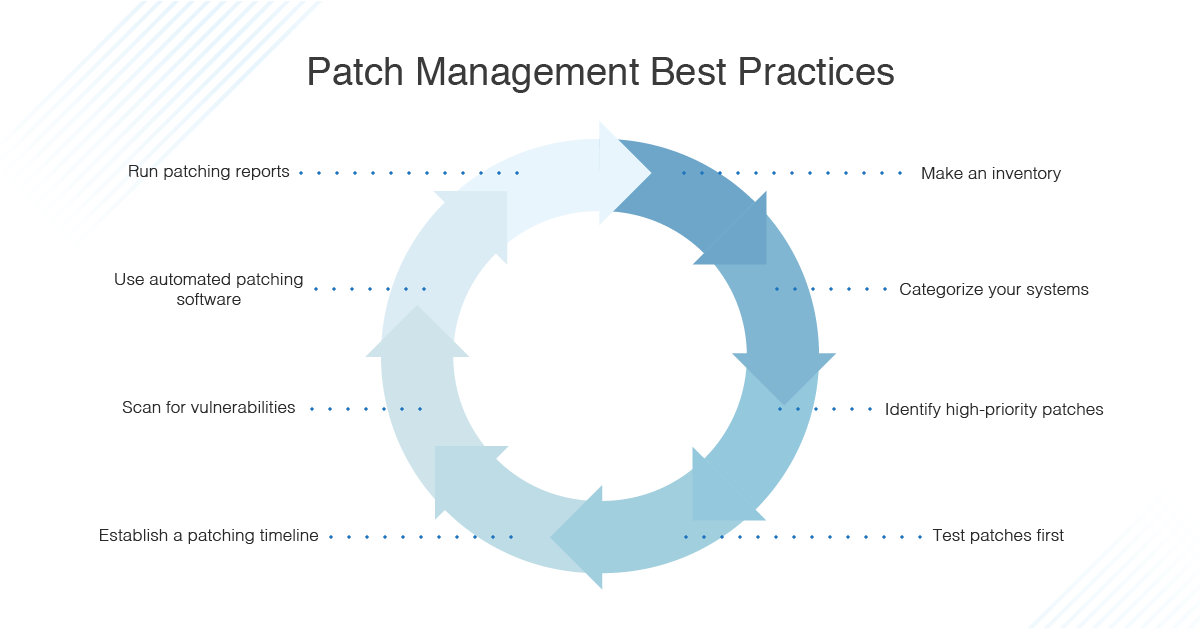
Hackers often exploit vulnerabilities in software and systems to launch cyber attacks. To prevent these types of attacks, it’s essential to regularly update and patch systems. This means installing the latest security patches and software updates as soon as they become available. Failure to do so can leave systems vulnerable to cyber attacks, including those that leverage artificial intelligence.
5. Implement Encrypted Communication Channels
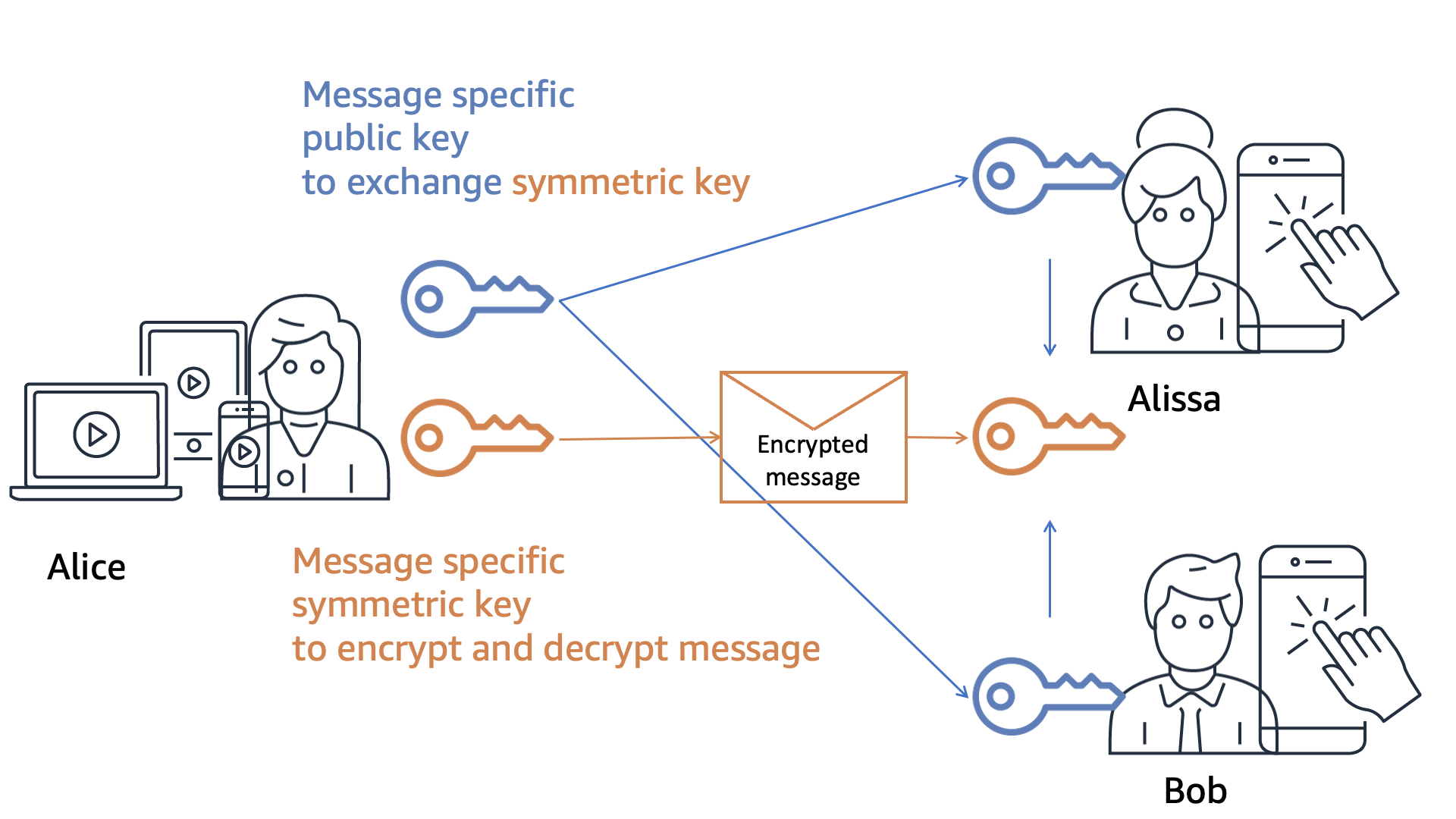
Another important strategy to prevent artificial intelligence cyber security attacks is to use encrypted communication channels. Encrypted channels ensure that data is protected and cannot be intercepted or tampered with by hackers. This is especially important for sensitive data, such as financial information or personal data.
6. Conduct Regular Security Audits
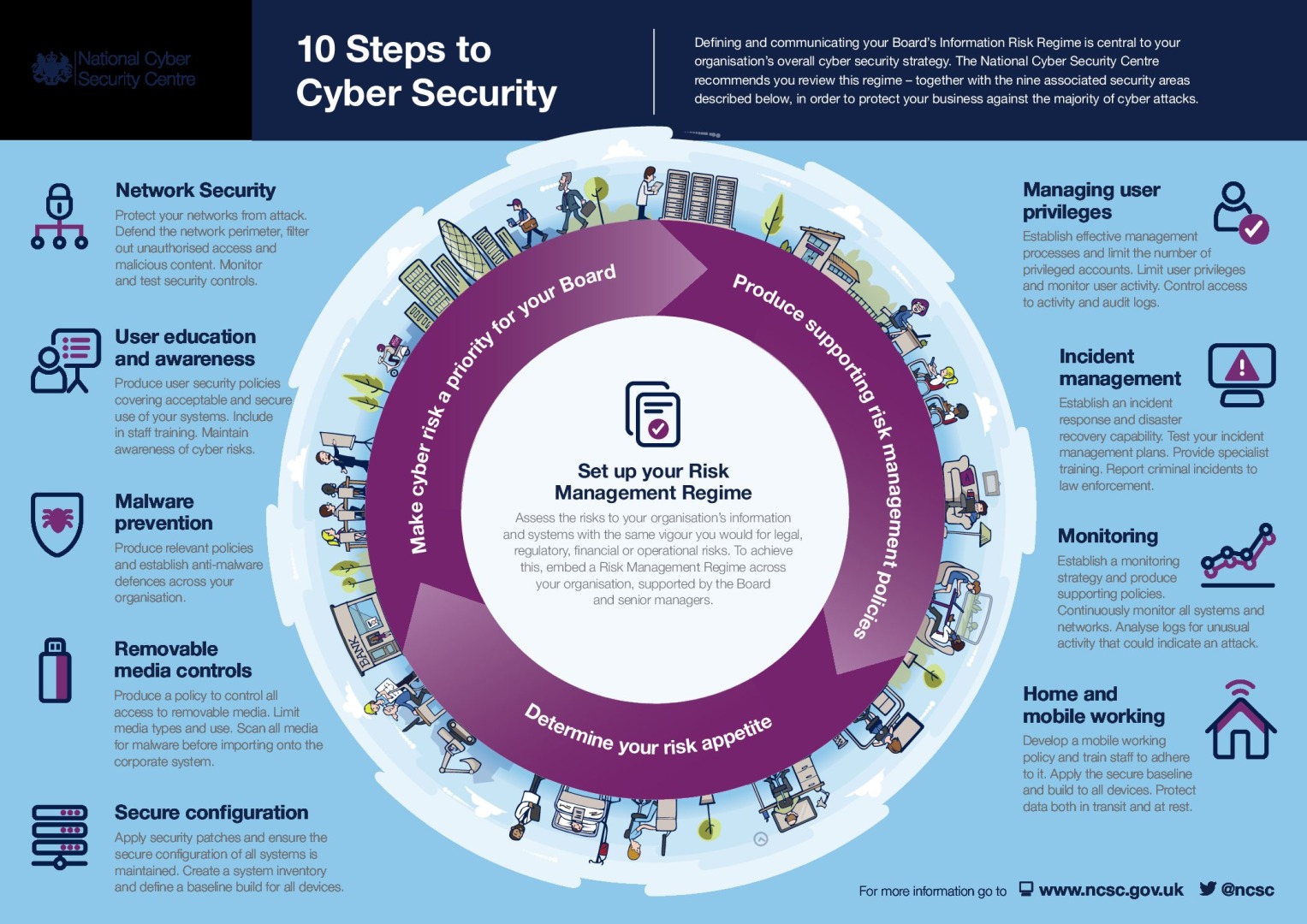
Organizations should conduct regular security audits to identify vulnerabilities and gaps in their cyber security defenses. Security audits can help organizations identify potential threats and take steps to mitigate them before they can be exploited by cybercriminals. They can also help organizations stay compliant with industry regulations and best practices.
7. Secure DNS and Cloud Settings

To prevent advanced AI-powered cyber attacks on DNS and cloud providers, organizations must take several steps to improve their security posture. These include:
-
Protect DNS Configuration: Organizations should ensure that their DNS servers are properly configured and secured against common attacks such as DNS cache poisoning and DNS amplification attacks. This can be achieved by implementing DNS security protocols such as DNSSEC (DNS Security Extensions) and configuring firewalls to block unauthorized DNS queries.
-
Adpot DDoS Protection: Cloud providers should have robust DDoS protection mechanisms in place to mitigate attacks before they can cause significant damage. This can include using scrubbing services, implementing rate limiting, and deploying intelligent traffic management solutions that can identify and block malicious traffic.
-
Carry out Encryption: All data transferred between DNS servers and cloud providers should be encrypted using SSL/TLS (Secure Sockets Layer/Transport Layer Security) protocols. This ensures that data is protected against interception and tampering.
-
Assess Vulnerability Assessments: DNS and cloud providers should conduct regular vulnerability assessments to identify potential security weaknesses and address them before they can be exploited by attackers.
-
Leverage AI-Powered Cybersecurity Solutions: Organizations should leverage AI-powered cybersecurity solutions to detect and respond to cyber threats in real-time. These solutions can use machine learning algorithms to analyze network traffic, detect anomalous behavior, and automatically respond to cyber attacks.
Advanced AI Attacks Are Growing, It’s Time to Act Now
Organizations are now on high alert. Advanced artificial intelligence cyber security threats are a growing concern for organizations and individuals.
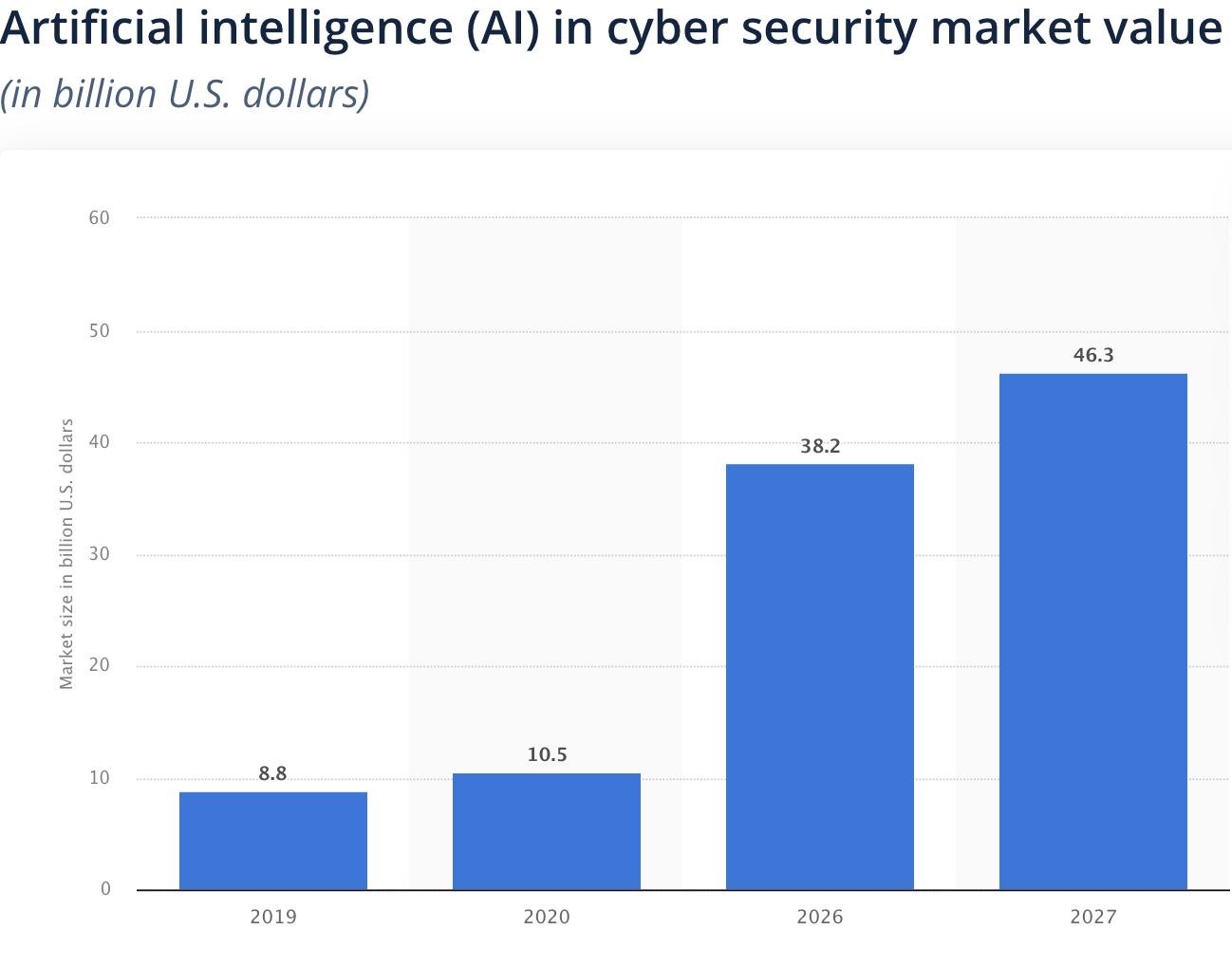
By using AI-based security solutions, educating employees, implementing multi-factor authentication, regularly updating and patching systems, using encrypted communication channels, and conducting regular security audits, organizations can help prevent cyber attacks and protect their systems and data. These strategies are essential for staying ahead of cybercriminals and keeping sensitive data and systems safe.
TECHNOLOGY
Next-gen chips, Amazon Q, and speedy S3

AWS re:Invent, which has been taking place from November 27 and runs to December 1, has had its usual plethora of announcements: a total of 21 at time of print.
Perhaps not surprisingly, given the huge potential impact of generative AI – ChatGPT officially turns one year old today – a lot of focus has been on the AI side for AWS’ announcements, including a major partnership inked with NVIDIA across infrastructure, software, and services.
Yet there has been plenty more announced at the Las Vegas jamboree besides. Here, CloudTech rounds up the best of the rest:
Next-generation chips
This was the other major AI-focused announcement at re:Invent: the launch of two new chips, AWS Graviton4 and AWS Trainium2, for training and running AI and machine learning (ML) models, among other customer workloads. Graviton4 shapes up against its predecessor with 30% better compute performance, 50% more cores and 75% more memory bandwidth, while Trainium2 delivers up to four times faster training than before and will be able to be deployed in EC2 UltraClusters of up to 100,000 chips.
The EC2 UltraClusters are designed to ‘deliver the highest performance, most energy efficient AI model training infrastructure in the cloud’, as AWS puts it. With it, customers will be able to train large language models in ‘a fraction of the time’, as well as double energy efficiency.
As ever, AWS offers customers who are already utilising these tools. Databricks, Epic and SAP are among the companies cited as using the new AWS-designed chips.
Zero-ETL integrations
AWS announced new Amazon Aurora PostgreSQL, Amazon DynamoDB, and Amazon Relational Database Services (Amazon RDS) for MySQL integrations with Amazon Redshift, AWS’ cloud data warehouse. The zero-ETL integrations – eliminating the need to build ETL (extract, transform, load) data pipelines – make it easier to connect and analyse transactional data across various relational and non-relational databases in Amazon Redshift.
A simple example of how zero-ETL functions can be seen is in a hypothetical company which stores transactional data – time of transaction, items bought, where the transaction occurred – in a relational database, but use another analytics tool to analyse data in a non-relational database. To connect it all up, companies would previously have to construct ETL data pipelines which are a time and money sink.
The latest integrations “build on AWS’s zero-ETL foundation… so customers can quickly and easily connect all of their data, no matter where it lives,” the company said.
Amazon S3 Express One Zone
AWS announced the general availability of Amazon S3 Express One Zone, a new storage class purpose-built for customers’ most frequently-accessed data. Data access speed is up to 10 times faster and request costs up to 50% lower than standard S3. Companies can also opt to collocate their Amazon S3 Express One Zone data in the same availability zone as their compute resources.
Companies and partners who are using Amazon S3 Express One Zone include ChaosSearch, Cloudera, and Pinterest.
Amazon Q
A new product, and an interesting pivot, again with generative AI at its core. Amazon Q was announced as a ‘new type of generative AI-powered assistant’ which can be tailored to a customer’s business. “Customers can get fast, relevant answers to pressing questions, generate content, and take actions – all informed by a customer’s information repositories, code, and enterprise systems,” AWS added. The service also can assist companies building on AWS, as well as companies using AWS applications for business intelligence, contact centres, and supply chain management.
Customers cited as early adopters include Accenture, BMW and Wunderkind.
Want to learn more about cybersecurity and the cloud from industry leaders? Check out Cyber Security & Cloud Expo taking place in Amsterdam, California, and London. Explore other upcoming enterprise technology events and webinars powered by TechForge here.
TECHNOLOGY
HCLTech and Cisco create collaborative hybrid workplaces

Digital comms specialist Cisco and global tech firm HCLTech have teamed up to launch Meeting-Rooms-as-a-Service (MRaaS).
Available on a subscription model, this solution modernises legacy meeting rooms and enables users to join meetings from any meeting solution provider using Webex devices.
The MRaaS solution helps enterprises simplify the design, implementation and maintenance of integrated meeting rooms, enabling seamless collaboration for their globally distributed hybrid workforces.
Rakshit Ghura, senior VP and Global head of digital workplace services, HCLTech, said: “MRaaS combines our consulting and managed services expertise with Cisco’s proficiency in Webex devices to change the way employees conceptualise, organise and interact in a collaborative environment for a modern hybrid work model.
“The common vision of our partnership is to elevate the collaboration experience at work and drive productivity through modern meeting rooms.”
Alexandra Zagury, VP of partner managed and as-a-Service Sales at Cisco, said: “Our partnership with HCLTech helps our clients transform their offices through cost-effective managed services that support the ongoing evolution of workspaces.
“As we reimagine the modern office, we are making it easier to support collaboration and productivity among workers, whether they are in the office or elsewhere.”
Cisco’s Webex collaboration devices harness the power of artificial intelligence to offer intuitive, seamless collaboration experiences, enabling meeting rooms with smart features such as meeting zones, intelligent people framing, optimised attendee audio and background noise removal, among others.
Want to learn more about cybersecurity and the cloud from industry leaders? Check out Cyber Security & Cloud Expo taking place in Amsterdam, California, and London. Explore other upcoming enterprise technology events and webinars powered by TechForge here.
TECHNOLOGY
Canonical releases low-touch private cloud MicroCloud

Canonical has announced the general availability of MicroCloud, a low-touch, open source cloud solution. MicroCloud is part of Canonical’s growing cloud infrastructure portfolio.
It is purpose-built for scalable clusters and edge deployments for all types of enterprises. It is designed with simplicity, security and automation in mind, minimising the time and effort to both deploy and maintain it. Conveniently, enterprise support for MicroCloud is offered as part of Canonical’s Ubuntu Pro subscription, with several support tiers available, and priced per node.
MicroClouds are optimised for repeatable and reliable remote deployments. A single command initiates the orchestration and clustering of various components with minimal involvement by the user, resulting in a fully functional cloud within minutes. This simplified deployment process significantly reduces the barrier to entry, putting a production-grade cloud at everyone’s fingertips.
Juan Manuel Ventura, head of architectures & technologies at Spindox, said: “Cloud computing is not only about technology, it’s the beating heart of any modern industrial transformation, driving agility and innovation. Our mission is to provide our customers with the most effective ways to innovate and bring value; having a complexity-free cloud infrastructure is one important piece of that puzzle. With MicroCloud, the focus shifts away from struggling with cloud operations to solving real business challenges” says
In addition to seamless deployment, MicroCloud prioritises security and ease of maintenance. All MicroCloud components are built with strict confinement for increased security, with over-the-air transactional updates that preserve data and roll back on errors automatically. Upgrades to newer versions are handled automatically and without downtime, with the mechanisms to hold or schedule them as needed.
With this approach, MicroCloud caters to both on-premise clouds but also edge deployments at remote locations, allowing organisations to use the same infrastructure primitives and services wherever they are needed. It is suitable for business-in-branch office locations or industrial use inside a factory, as well as distributed locations where the focus is on replicability and unattended operations.
Cedric Gegout, VP of product at Canonical, said: “As data becomes more distributed, the infrastructure has to follow. Cloud computing is now distributed, spanning across data centres, far and near edge computing appliances. MicroCloud is our answer to that.
“By packaging known infrastructure primitives in a portable and unattended way, we are delivering a simpler, more prescriptive cloud experience that makes zero-ops a reality for many Industries.“
MicroCloud’s lightweight architecture makes it usable on both commodity and high-end hardware, with several ways to further reduce its footprint depending on your workload needs. In addition to the standard Ubuntu Server or Desktop, MicroClouds can be run on Ubuntu Core – a lightweight OS optimised for the edge. With Ubuntu Core, MicroClouds are a perfect solution for far-edge locations with limited computing capabilities. Users can choose to run their workloads using Kubernetes or via system containers. System containers based on LXD behave similarly to traditional VMs but consume fewer resources while providing bare-metal performance.
Coupled with Canonical’s Ubuntu Pro + Support subscription, MicroCloud users can benefit from an enterprise-grade open source cloud solution that is fully supported and with better economics. An Ubuntu Pro subscription offers security maintenance for the broadest collection of open-source software available from a single vendor today. It covers over 30k packages with a consistent security maintenance commitment, and additional features such as kernel livepatch, systems management at scale, certified compliance and hardening profiles enabling easy adoption for enterprises. With per-node pricing and no hidden fees, customers can rest assured that their environment is secure and supported without the expensive price tag typically associated with cloud solutions.
Want to learn more about cybersecurity and the cloud from industry leaders? Check out Cyber Security & Cloud Expo taking place in Amsterdam, California, and London. Explore other upcoming enterprise technology events and webinars powered by TechForge here.
-

 SEO7 days ago
SEO7 days agoGoogle Limits News Links In California Over Proposed ‘Link Tax’ Law
-

 SEARCHENGINES6 days ago
SEARCHENGINES6 days agoGoogle Core Update Volatility, Helpful Content Update Gone, Dangerous Google Search Results & Google Ads Confusion
-
SEARCHENGINES7 days ago
Daily Search Forum Recap: April 12, 2024
-

 SEO6 days ago
SEO6 days ago10 Paid Search & PPC Planning Best Practices
-

 MARKETING6 days ago
MARKETING6 days ago2 Ways to Take Back the Power in Your Business: Part 2
-

 MARKETING5 days ago
MARKETING5 days ago5 Psychological Tactics to Write Better Emails
-

 PPC6 days ago
PPC6 days agoCritical Display Error in Brand Safety Metrics On Twitter/X Corrected
-

 SEARCHENGINES5 days ago
SEARCHENGINES5 days agoWeekend Google Core Ranking Volatility














